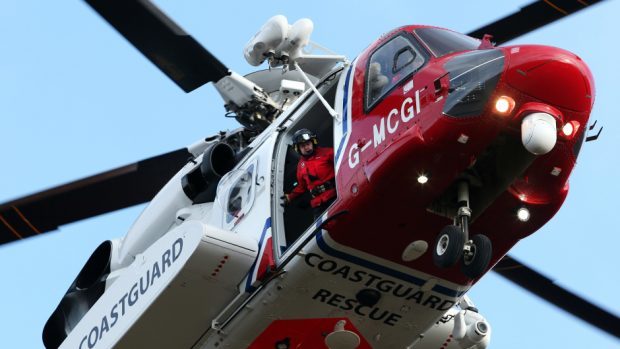The body of a diver was recovered from Scapa Flow in Orkney last night after an air, land and sea search.
The alarm was raised just before 4pm yesterday when the diver was reported overdue.
The Longhope RNLI lifeboat and the Coastguard search and rescue helicopter based at Sumburgh in Shetland joined rescue teams from Stromness and Kirkwall in a search for the diver.
A Coastguard spokeswoman said a body was recovered from the water and transferred to the lifeboat, where it was then taken to Stromness Harbour and transferred to hospital by road ambulance.
A spokeswoman said: “Just before 4pm today UK Coastguard received a VHF Radio call from a dive boat, who was positioned one nautical mile north east of Cava Lighthouse, reporting that one of their divers was 15 minutes overdue.”
A Mayday relay broadcast was issued by the Coastguard to all vessels in the area to join the search.
Scapa Flow is one of the world’s most historic naval and dive sites.
It was home to the British Grand Fleet during the First and Second World Wars.
Following the German defeat in WWI, 74 ships of the Kaiserliche Marine’s High Seas Fleet were interned in Gutter Sound at Scapa Flow pending a decision on their future in the peace Treaty of Versailles.
On June 21, 1919, after nine months of waiting, Rear Admiral Ludwig von Reuter, the German officer in command at Scapa Flow, made the decision to scuttle the fleet.
At least seven of the scuttled German ships, and a number of sunken British ships, can be visited by scuba divers.
During WW11, Scapa also saw one of the iconic attacks of the conflict.
On October 14, 1939, under the command of Günther Prien, U-47 penetrated Scapa Flow and sank the battleship HMS Royal Oak anchored in Scapa Bay. Of the 1,400-man crew, 833 were lost. The wreck is now a protected war grave.
At 120 square miles, Scapa Flow is one of the world’s largest natural harbours and the sea around Orkney has one of the largest concentrations of shipwrecks anywhere in the world.
